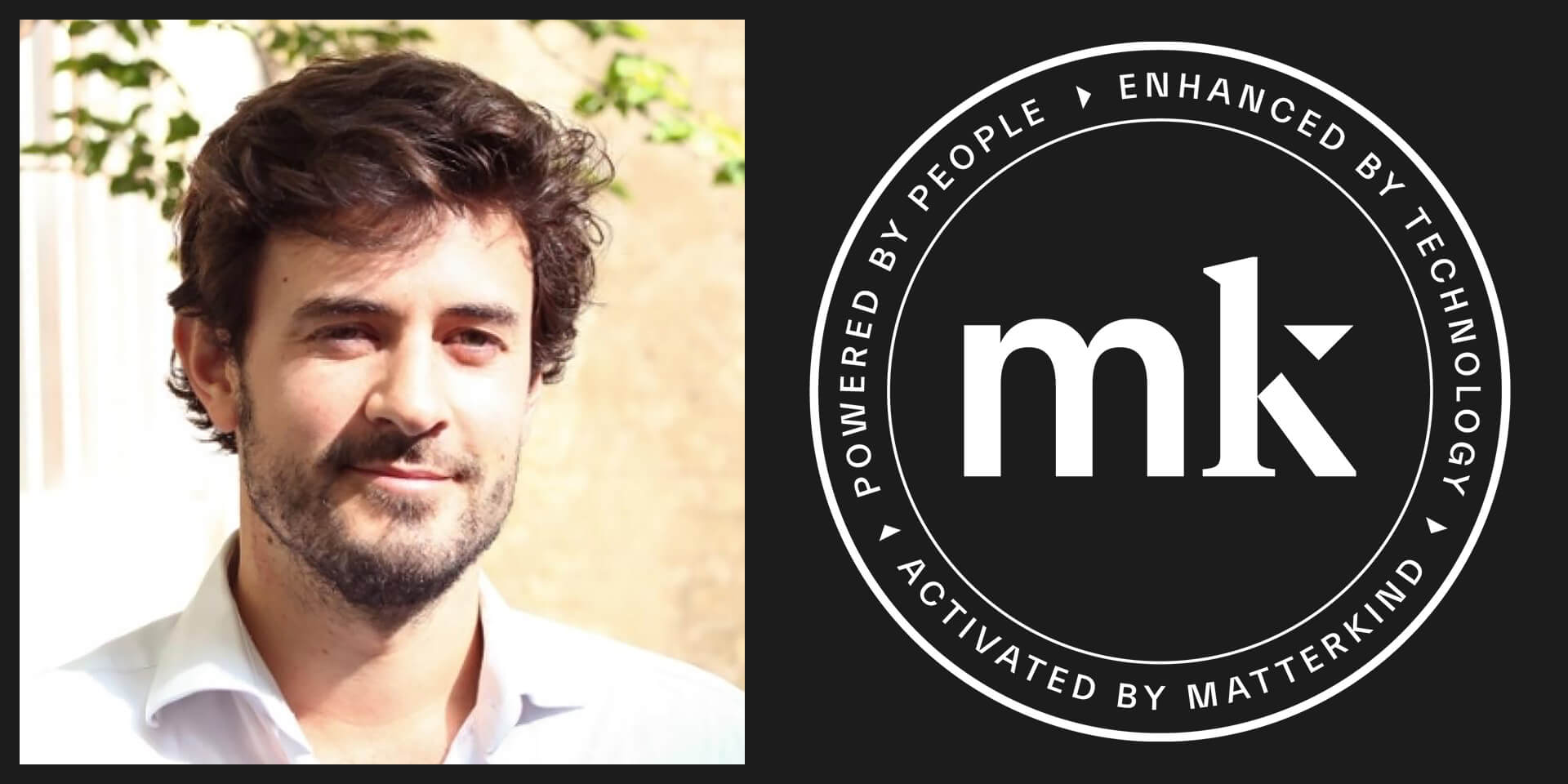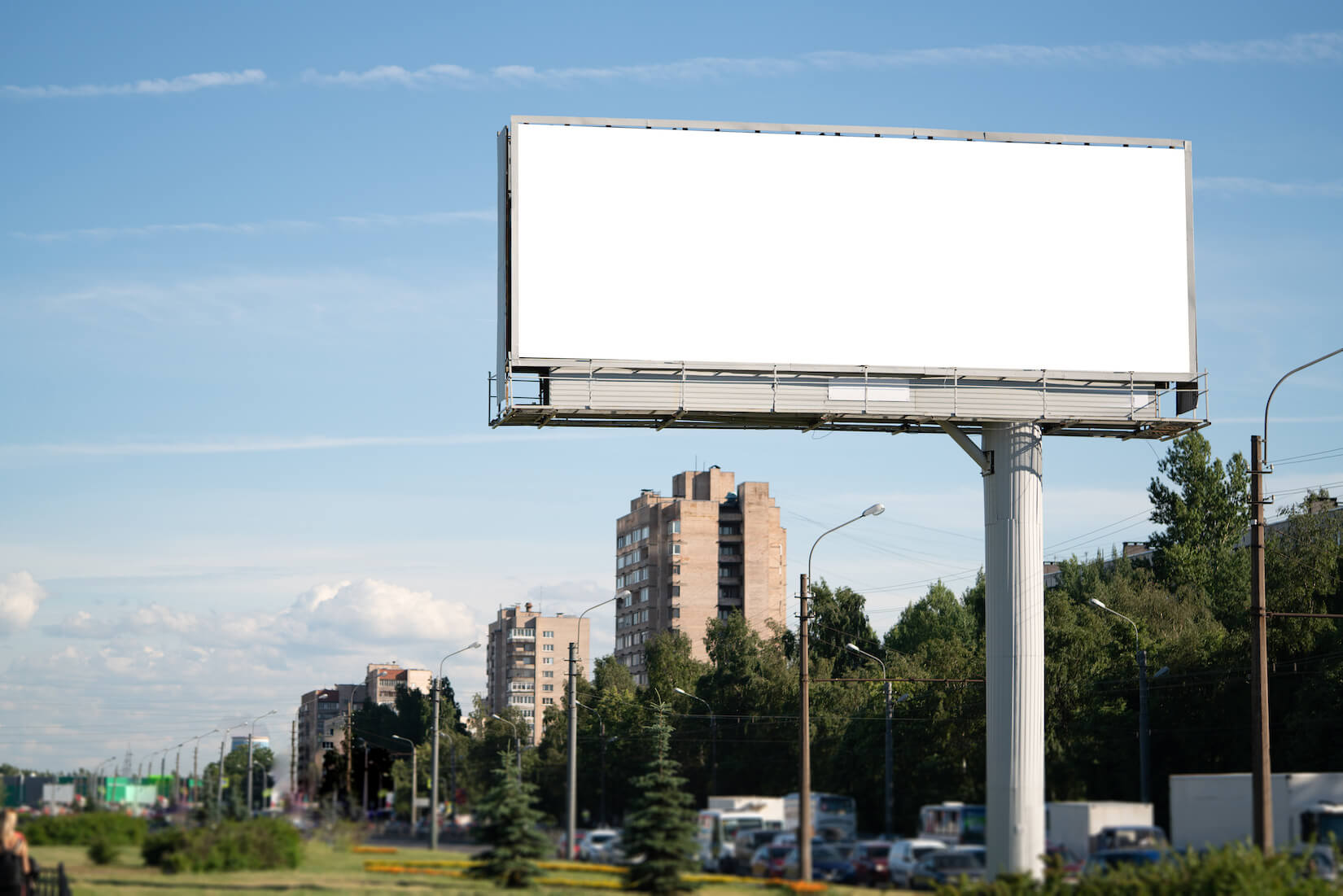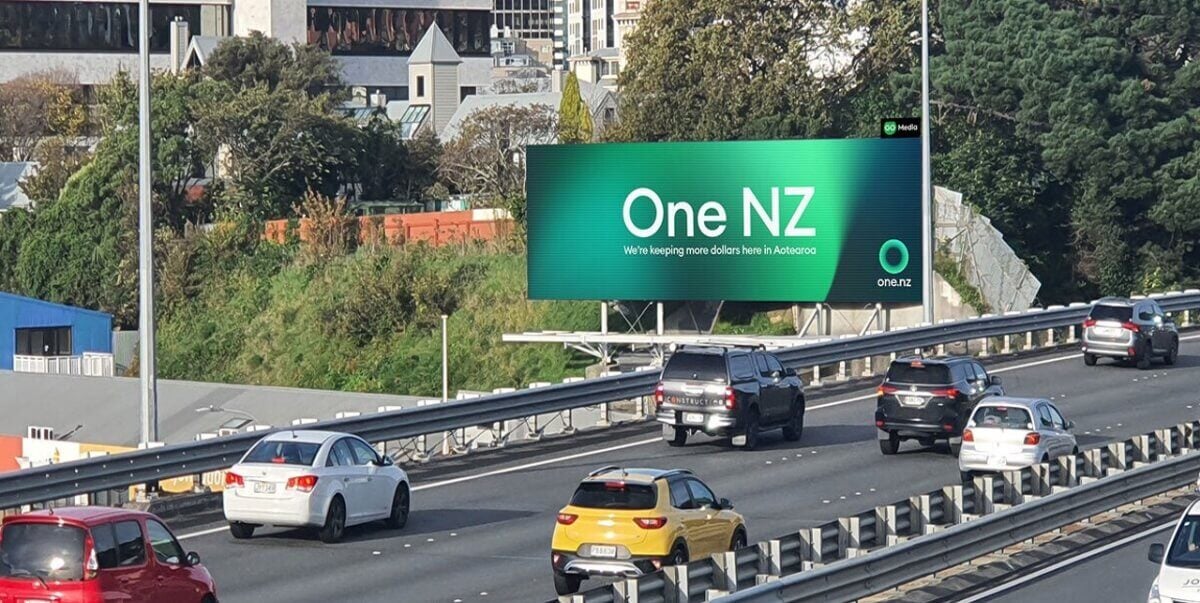
William Salmon-lefranc is the Director of Addressable Strategy at Matterkind Canada. Vistar recently talked with William to learn more about his team’s investment in digital out-of-home (DOOH) and how he views the role of out-of-home in today’s increasingly addressable media landscape.
Tell us a bit about what you do at Matterkind.
I oversee a team of addressable experts at Matterkind Canada, whose jobs are to put together innovative addressable strategies and recommendations to deliver the best results for their brands. My main responsibility is to ensure brands understand the underlying value of addressable delivery across display, video, audio and DOOH. A big component of the role is to educate client teams, to ensure they are up to speed with the complex and ever-changing world of media and advertising.
When does it make sense to leverage a programmatic platform? What unique benefits does the Vistar platform provide you and your clients?
Similar to display advertising in the early 2010s, purchasing OOH inventory was until recently siloed, manual and repetitive. OOH was a prime candidate for automation and Canadian media owners were quick to recognize the DOOH opportunity, embrace change and connect their digital boards to the Vistar marketplace. Now DOOH planning, execution and reporting can live in one same interface, which is incredibly powerful for my team. The most innovative aspect of running DOOH with Vistar is the ability to layer behavioural and socio-demographic audiences into campaigns, and our Kinesso High Value Audiences. Aligning our DOOH audience strategy with more traditional addressable channels, such as display and video, play an important role and help speed up adoption from clients.
What education has been required to get clients to understand the benefits of running OOH programmatically?
In the OOH world, it is common practice to be very specific when it comes to venue or board/screen selection. One of the initial challenges was to ensure DOOH could give clients the same level of granularity when it comes to placements and venue selection. At the start of the pandemic, a client wanted to target billboards along major roads and highways leading to key provinces’ international airports. When such precise targeting cannot be applied in console, Vistar’s team was quick to facilitate private marketplace deals with the province’s leading media owners. Our clients understand that geolocation targeting capabilities offered by DOOH are not just on par with direct but offer unlimited options.
Can you share any examples of programmatic digital out-of-home activations you’ve helped to execute?
One of our clients ran a campaign aiming to increase awareness, consideration, and traffic in-stores in Toronto, Vancouver, Halifax, Montreal, and Calgary. The activation utilized postal code targeting to reach high value consumers in the real world with DOOH media across billboards and bus shelters. Device ID Passback was activated to re-engage with consumers who were exposed to DOOH on their mobile devices. The campaign successfully drove lift in awareness and exposure which generated double digit lifts in consideration to visiting all stores where the media ran. Over three in five exposed consumers searched online for brand-related content after being exposed to the DOOH campaign.
As an early adopter of programmatic digital out-of-home, what’s something you think other marketers should know about pDOOH?
The most recognized unique selling point of DOOH is that it streamlines and automates the planning, setup, optimization and reporting workflow of a campaign, in one unique platform. However, what really sets DOOH apart at Matterkind is moving away from supply-driven strategies, repositioning data, and audiences at the core to make channels truly addressable.


